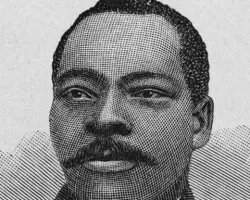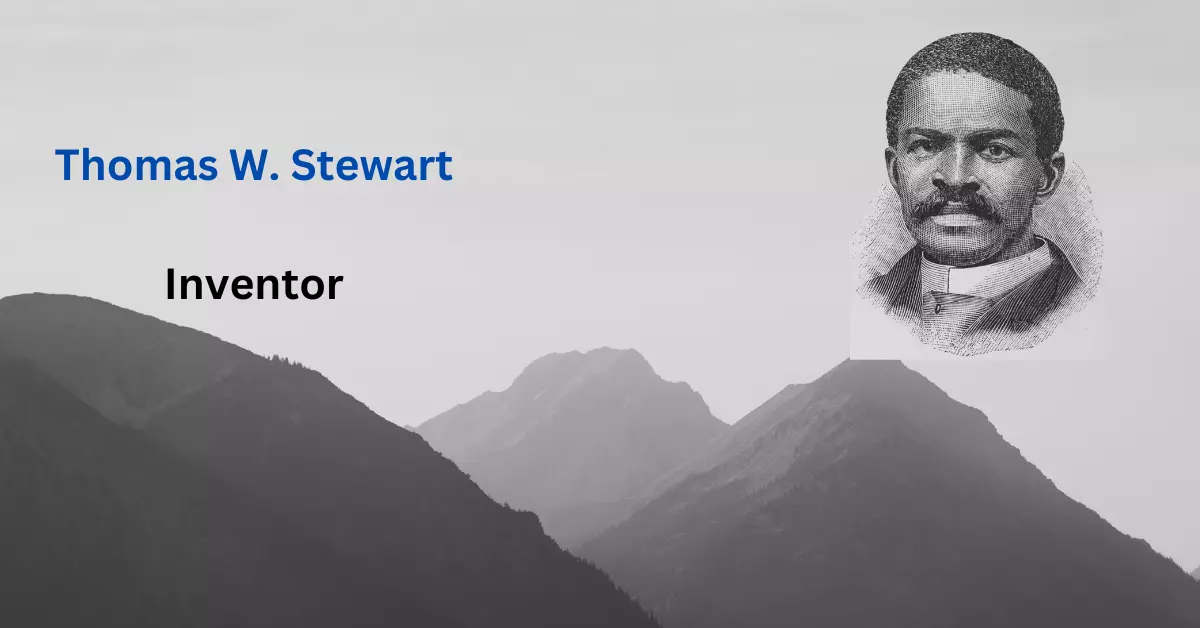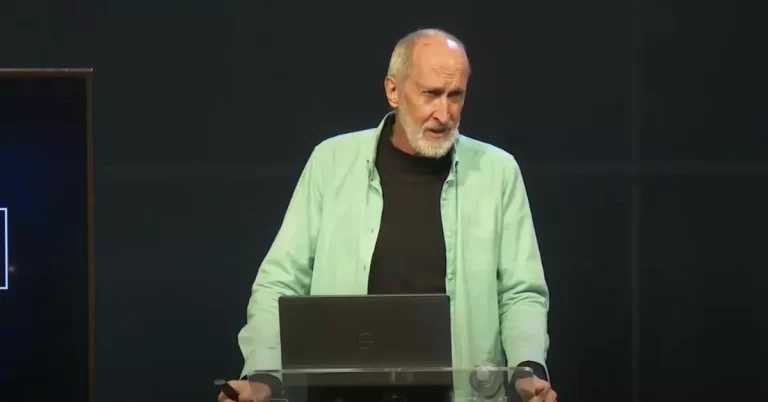When Was Thomas W. Stewart Born?
Thomas W. Stewart, the pioneer of household convenience, was born on January 12, 1823, in Kalamazoo, Michigan. As a Capricorn, he embodied the spirit of innovation and determination.
His birthplace, the vibrant city of Kalamazoo, undoubtedly influenced his journey. Thomas W. Stewart exemplified American ingenuity and entrepreneurship in the late 19th century.

His clever mop transformed indoor floor cleaning and improved many lives through its simplicity and practicality.
Quick Facts About Thomas W. Stewart
| Full Name: | Thomas W. Stewart |
| Relationship Status: | Married |
| Spouse Name: | Mary Stewart |
| Nick Name: | Tom |
| Date of Birth: | January 12, 1823 |
| Birth Place: | Kalamazoo, Michigan |
| Age: | 70 years (at time of death) |
| Height: | 5’10” |
| Occupation: | Inventor |
| Citizenship: | American |
| Death Date: | 1890 |
Table of Contents
Biography
Thomas W. Stewart was born in Kalamazoo, Michigan, on March 12, 1823. Not much is known about his family and upbringing, but records show he married Mary Stewart sometime in the 1840s. The couple had two sons together, though their names are lost to history.
Stewart worked various odd jobs throughout his younger years before becoming an inventor. Some of his early creations included improved locks, door hinges, and wagon jacks. However, Stewart achieved fame and success when he patented his wringing mop in 1893 at 70.
Early Life
Little is known about Stewart’s childhood and early life. He was born in 1823 in Kalamazoo, Michigan. Given the period, he likely had a simple rural upbringing. Records indicate he married Mary Stewart sometime in the 1840s, with whom he had two sons.
Before finding success as an inventor later in life, Stewart worked various odd jobs as a young man. He dabbled in carpentry, metalworking, and general fixing and repairing. These skills presumably led him to start tinkering and creating his inventions.
Family
Thomas W. Stewart married Mary Stewart in the 1840s. They had two sons together, though their names and information about them have been lost over time. Stewart lived a modest life with his family while continuously working on new inventions. His home workshop was likely a hive of creation and innovation.
Stewart’s family undoubtedly supported his endless quest for better ways to accomplish everyday tasks. After patenting the wringing mop and achieving success later in life, Stewart was able to provide a comfortable life for his wife and sons before he passed away in 1893.
Education
There are no records indicating Stewart received any formal education. As the son of humble working-class parents in the early to mid-1800s, he likely only had a grade school-level education. However, Stewart was an intelligent and creative thinker. He had a natural talent for envisioning mechanical solutions to common problems.
Stewart was a self-taught tinkerer and problem-solver whose hands-on work led to important inventions, even without traditional schooling. His innovative mop design shows the ingenuity he possessed. Stewart exemplified the American dream – with perseverance and good ideas, anyone could find success.
Career & Achievements
Thomas W. Stewart worked various ordinary jobs before finding success later in life as an acclaimed inventor. Some highlights of his professional achievements include:
- He had an early career as a carpenter, metal worker, and handyman, fixing and repairing things around his hometown.
- Operated a repair shop out of his home, where he would create custom fixes and tweaks for household items and tools.
- Began developing and patenting his inventions in the 1850s and 1860s, including improved locks, door hinges, and wagon jacks.
- Patented his famous wringing mop invention in 1893 at age 70, revolutionizing cleaning and floor mopping. This became his lasting legacy.
- Earned nationwide acclaim and success from the wringing mop, which allowed users to wring out mops easily without touching dirty water.
- Changed housework and cleaning forever with this simple yet innovative mop design. Still referenced today as one of the most important cleaning tools ever created.
- Died a successful inventor in 1893, shortly after finalizing his wringing mop patent. Left behind a legacy of American ingenuity.
Reasons For Popularity
Thomas W. Stewart’s wringing mop invention made him hugely popular and successful later in life because it:
- Solved a universal annoyance: Wet, dirty mops were messy and unwieldy before his invention. His mop tackled this major cleaning frustration.
- Significantly reduced physical labor: Wringing out mops by hand was strenuous. The wringing mechanism made mopping much easier.
- Improved productivity and efficiency: The mop could be thoroughly wrung out much quicker, allowing more time for actual cleaning.
- Highly accessible and affordable: The mop was simple and inexpensive, allowing most households to purchase and benefit.
- Appealed to a wide audience: Nearly all homes at the time relied on mops for hard floor cleaning, creating a huge target market.
- Was expertly marketed and advertised: Stewart smartly promoted his mop once patented to gain widespread adoption.
Read More: About Abelardo Aguilar
Frequently Asked Question (FAQs)
Conclusion
Thomas W. Stewart profoundly impacted domestic work with his ingenious wringing mop invention. Born in 1823, Stewart was a simple American handyman turned visionary inventor who saw a better way to clean floors. After decades of developing homemade gadgets and tools, Stewart patented his mop in 1893.
It upended housework by offering an easy way to wring out floor mops using a clever mechanical process. Stewart’s mop gained national acclaim and forever changed indoor cleaning.



